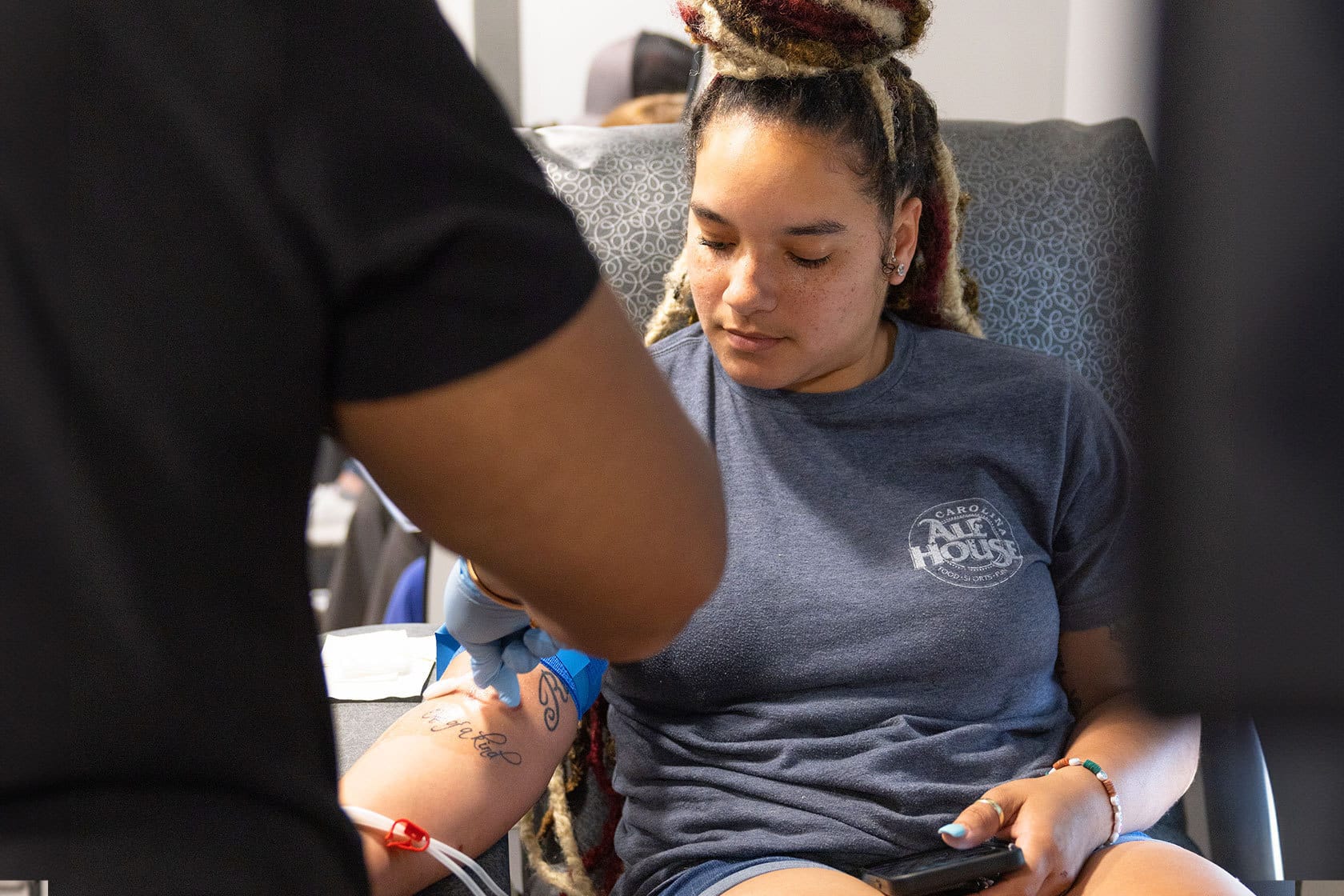Blood Donation and Public Health: The Broader Impact on Communities
Donated blood is needed every two seconds in the U.S. for situations ranging from emergency surgeries to ongoing cancer treatments. The ongoing generosity of regular donors allows public health facilities to always have the blood supply they need to treat patients effectively.
Here at The Blood Connection, we work to create a culture of blood donation in our communities because we know the value of regular blood donations. We work to educate and equip donors to give this life-saving gift on a regular basis so that public health facilities can maintain a steady blood supply.
Meeting Diverse Needs
Since different people have different blood types and Rh factors, incompatible blood transfusions can cause serious complications. This reality makes it critical to match the donor’s blood type with the recipient’s blood type. Regular blood donations from people of all races and genders ensure a diverse blood supply to accommodate patients with specific blood compatibility needs.
Whole blood donations, which include red and white blood cells, platelets, and plasma, can be used in medical emergencies and to treat patients who need a boost in blood volume. It can be separated into various components to meet specific patient needs. This versatility makes whole blood donations uniquely important.
The individual components of blood play specific roles in treating those in need. Red blood transfusions help patients with anemia, extreme blood loss, and chronic conditions. Donated red blood cells are especially helpful in improving oxygen delivery to tissues and organs. Platelets prevent blood clotting in cancer patients undergoing chemotherapy or individuals with bleeding disorders. As these patients are prone to bleeding complications, having a reliable supply of platelets ensures they get the care they need when they need it. Plasma transfusions can help patients with clotting disorders, liver disease, and immune deficiencies.
Ultimately, patients with specialized needs, including those with rare blood disorders or specific medical conditions, require specific blood components that are less commonly available. Regular blood donations help public health facilities maintain a supply of rare blood types and distinct blood components that can meet the individual needs of each patient.
Preparing for Emergencies
Consistent blood donations also ensure a steady blood supply that can support the sudden needs of large-scale emergency scenarios. Natural disasters, accidents, and mass casualty incidents are just a few of the emergency instances that would call for large amounts of blood. Having enough blood available enables public health professionals to respond quickly and completely to patient needs in the face of overwhelming demand.
Emergencies are extremely time-sensitive, so the sooner patients receive a blood transfusion, the better their chances of recovery and survival. A consistent blood supply eliminates delays in getting blood to patients and allows medical professionals to provide the fastest treatment possible. In emergencies, it’s typically the blood on the shelves that saves lives.
Collaborations Between Donation Centers and Public Health Agencies
Blood donation centers are crucial in collecting and processing blood donations from donors. Public health agencies provide guidelines for blood collection and safety; they also set donor eligibility requirements, testing procedures, and quality control measures that ensure the blood collected is safe for transfusion. Without these guidelines, blood donation centers’ collection efforts would be pointless.
Donor education is an essential part of the blood donation process. Public health agencies draw donors’ attention to the importance of blood donation while dispelling myths and addressing concerns. Blood donation centers leverage these educational resources to ensure their donors are well-informed about the process and benefits of donating blood. Not only does proper education help donors feel safe and comfortable throughout the process, but it also promotes a culture of ongoing generosity that fuels consistent donations.
To prepare for anticipated— and unexpected — needs, public health agencies collect and analyze data about supply and demand, donor demographics, and health trends. This information allows both public health facilities and blood donation centers to more accurately plan for the future, improve donor recruitment strategies, and enhance overall efficiency.
Inspiring Community Engagement
Blood donation is an amazing gift. Donors willingly give a part of themselves to help others, demonstrating a strong commitment to helping those in need. The simple act of donating creates a bond between donors and recipients, even if they never have the chance to meet. The donor knows their donation has life-changing potential, and the recipient knows their life is changed because of the generosity of a donor.
When people choose to donate, they become part of a greater cause. The shared mission of saving lives creates a sense of community. Donation events can bring together diverse groups of people, creating opportunities for new conversations and connections within a community.
At The Blood Connection, we strive to create a culture of giving in our communities. Through blood drives and the welcoming environment in our donation centers, we seek to build a community that looks out for each other. We hope that as people see donors’ impact, they’ll be inspired to donate.
We are so grateful for our community of regular donors who are dedicated to saving the lives of those in need. If you’re considering donating, we encourage you to schedule an appointment on our website today. Not only will you be saving lives, but you’ll be joining a community of donors who share your passion for helping others.


